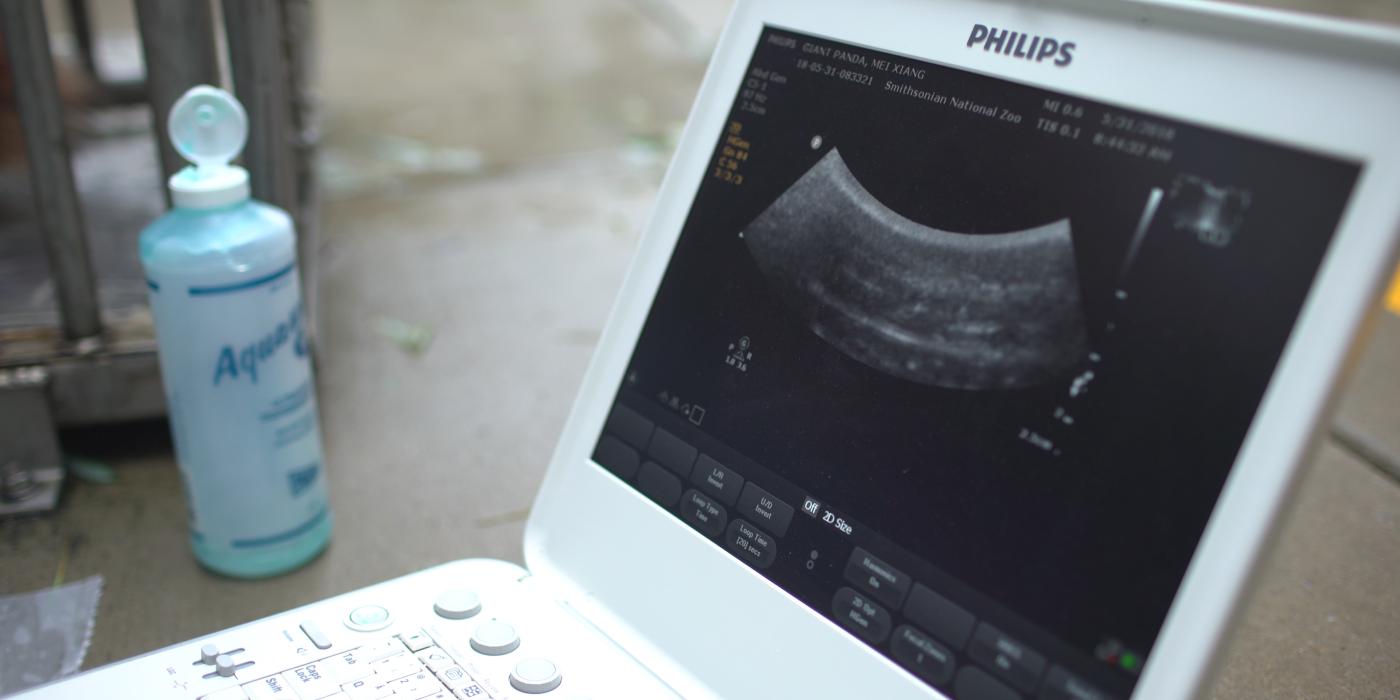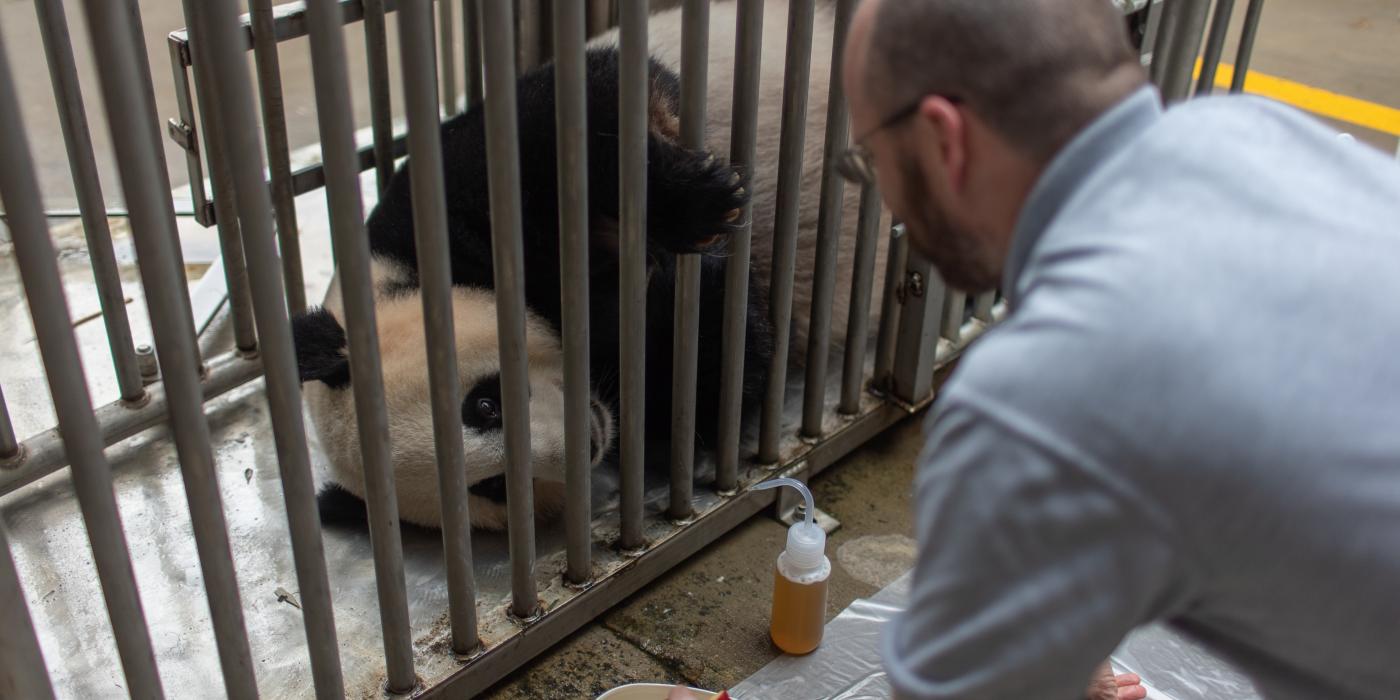Panda Update: June 1, 2018
It’s been almost three months since Mei Xiang was artificially inseminated (AI). Keepers, veterinarians and Smithsonian Conservation Biology Institute scientists have been monitoring her carefully ever since. Endocrinologists confirmed that her levels of urinary progesterone began to rise May 2. This period is what scientists call the secondary rise. The first rise was when Mei Xiang was artificially inseminated in March.
In the week leading up to the AI, her levels of urinary estrogen began to rise. When those hormones peaked and then started to fall, it signaled that Mei Xiang was ovulating and the approximately 36-hour window in which she is able to conceive a cub began. The secondary rise conversely signals that Mei Xiang will either have a cub or experience the final stages of a pseudopregnancy in the next 40 to 50 days. Giant panda pregnancies and pseudopregnancies vary in length. They can be from 90 to 180 days long, which is why the panda team closely tracks Mei Xiang’s behavior and hormones.
During the past several weeks keepers have noticed some subtle changes, but Mei Xiang’s behavior remains relatively normal. In the morning, she eats her bamboo breakfast in her yard, and on especially hot days she usually chooses to sleep and eat in the air conditioning for the rest of day. Veterinarians have also been conducting routine ultrasounds on Mei Xiang for the past several weeks. It is still much too early to see a developing fetus on an ultrasound, but they are tracking changes in her reproductive tract and want her to be comfortable with the procedure.
Pandas experience a phenomenon called delayed implantation. That means that an embryo floats in the uterus until a few weeks before a female gives birth. Scientists don’t understand what causes an embryo to finally implant in the uterine wall, but when it does it grows exponentially in a short period of time. The only way to definitively determine if a panda is pregnant before she gives birth is to see a developing fetus on an ultrasound, because her hormones and behavior will mimic a pregnancy even if she is not pregnant.
In the next several weeks, Mei Xiang will likely choose to spend more time inside the Panda House and eventually her den, where she will make a nest of bamboo shreds. She may also choose to bring some of her feeders and toys into the den. It’s not unusual to see her cradling objects like she would a cub, or licking different parts of her body. All these behaviors are normal and expected for a pregnancy or pseudopregnancy.
Related Species:






